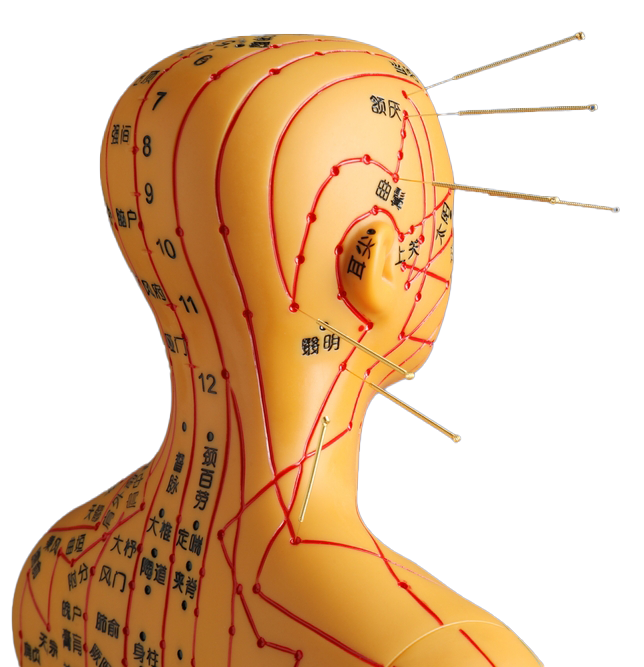- Facet joint Radiofrequency Thermocoagulation (RFT) Treatment
- Radiofrequency Thermocoagulation Dorsal root ganglion (DRG) radiofrequency thermocoagulation (RFT)
- Discitis Procedure
- Sacroiliac Joint Radiofrequency Treatment (Simplicity)
- In-Disc Ozone Therapy
- Nucleoplasty
- Transforaminal Injection (Pinpoint)
- Facet joint block
- Epidural Injection
For whom is nucleoplasty suitable? Patient Selection Criteria

Nucleoplasty, used in the treatment of lumbar and cervical hernia is a non-surgical and minimally invasive method. However, not all patients may be suitable for this procedure. In this article, we will examine in detail who is suitable for nucleoplasty and the patient selection criteria.
To whom can nucleoplasty be applied?
Patients with the following conditions may be suitable candidates for nucleoplasty treatment:
✅ Patients with Mild and Moderate Hernia
- Nucleoplasty is an effective solution in cases where the disc has not yet completely ruptured, but is compressing the nerves.
- MRI imaging of herniation not at an advanced level must be seen.
✅ People with Chronic Low Back or Neck Pain
- Lasting at least 3 months and is suitable for patients with low back or neck pain that does not improve with traditional treatment methods (physiotherapy, medications).
✅ Leg or arm pain due to nerve compression
- As a result of nerve compression pain radiating to the legs or arms If it is felt, nucleoplasty can relieve the pain by reducing the compression.
✅ Patients who do not want to undergo surgery or are not suitable for surgery
- For patients who wish to avoid open surgery a non-surgical option presents.
- Elderly or chronically ill people at high risk of anaesthesia It is also a safer treatment method.
✅ Patients with unrestricted mobility
- Nucleoplasty is more effective in patients who have not completely lost mobility.
- Not suitable for patients with stroke or severe neurological loss.
For whom is nucleoplasty not suitable?
Nucleoplasty is not recommended in the following cases:
❌ Severe Hernia or Spinal Stenosis
- Nucleoplasty may not be effective if the disc has completely ruptured or if there is a severe stenosis of the spinal canal.
- Such patients often need surgical intervention.
❌ Patients with spinal infection or tumour
- Nucleoplasty is not safe in patients with infections or tumours in the spine area.
❌ Advanced Nerve Damage
- Loss of strength in the foot, loss of urinary or faecal control advanced neurological symptoms surgical intervention may be required for patients who show signs of a disease.
❌ Patients with Bone Resorption (Osteoporosis)
- In patients with advanced osteoporosis, nucleoplasty may not be a suitable procedure because the spine structure is weakened.
Pre-Nucleoplasty Evaluation Process
To determine whether you are a candidate for nucleoplasty, your doctor will make the following assessments
📌 MRI and X-ray: The location and severity of the hernia are assessed.
📌 Physical Examination: Signs of nerve compression are checked.
📌 Medical History: Previous treatments and the general health status of the patient are taken into consideration.
Frequently Asked Questions
1. Is nucleoplasty suitable for everyone?
No. Suitable for patients with mild to moderate hernias. Surgical treatment may be required for patients with advanced hernia or nerve damage.
2. Up to what age can nucleoplasty be performed?
Usually Patients between the ages of 18 and 70 can be applied. However, the general health status and bone structure of the patient should be evaluated.
3. Can diabetics have nucleoplasty?
If you have diabetes is being treated in a controlled mannernucleoplasty can be performed. However, due to the risk of infection, a doctor's assessment is essential.
4. Can someone who has had a herniated disc surgery before have nucleoplasty?
In some cases, yes. However, the patient's previous surgical history and current disc condition should be examined in detail.
5. Is nucleoplasty suitable for pregnant women?
Not recommended during pregnancy. It can be evaluated after birth.

